Every month visitors get the chance to select and view materials from our collection that are not on display in the museum. During June we welcomed many different visitors to Insight, and one was Kari Nixon, Assistant Professor of English at Whitworth University. Kari kindly agreed to write a blog post about her use of the photography journals in our library and photographs from the Kodak Collection.
I visited the National Science and Media Museum recently to do preparatory research for a book project; it deals with how developing camera and lens technologies impacted the way Victorian novelists made increasing use of certain ’visual’ techniques in their descriptive imagery, such as the bird’s-eye-view perspective. I’m really excited about this project, and my visit to the museum was incredibly helpful.
For instance, I found this gem of a quote in which camera aficionados poke fun at novelists who incorrectly incorporate camera technology into their stories. Here, specifically Rudyard Kipling and Arthur Conan Doyle are ridiculed for their inaccurate understanding of photography.
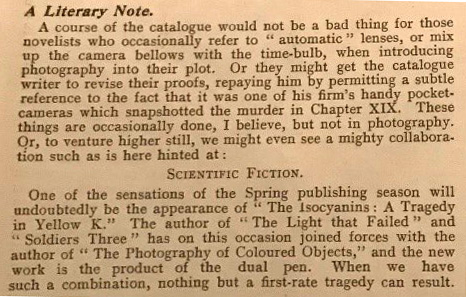
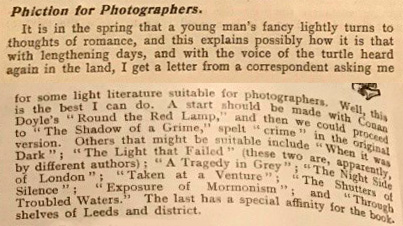
However, I’m always struck, when in an archive, by the sheer wealth of information that isn’t quite right for any of my extant projects, but that I’d love to share with others. In many cases, the story and culture behind such artefacts is begging to be told, and I’m often tinged with something akin to guilt when I find that I haven’t the time or the space to tell it. I’d like to use this blog post to share some of the amazing things I found during my visit that might not make it into my own projects, with the hope that I encourage others to take a closer look.
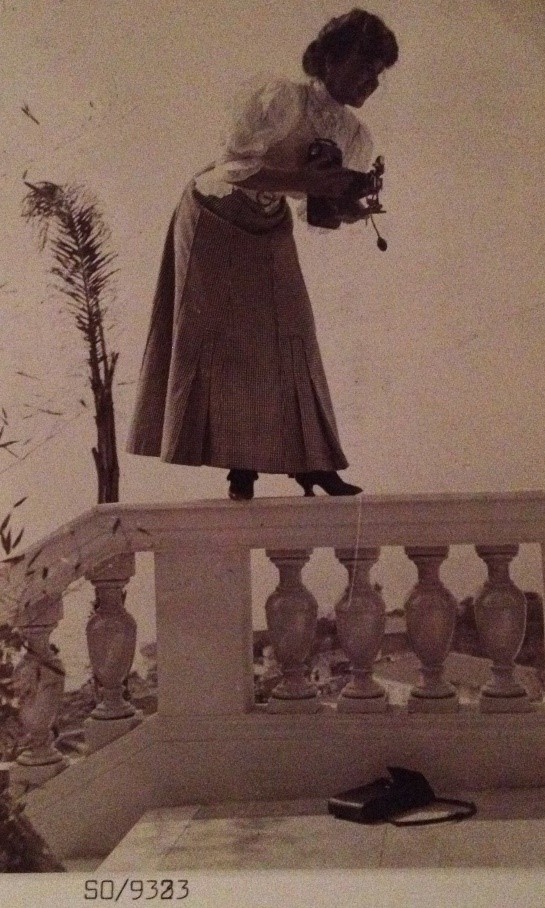
Perhaps one of my favorite finds was an entire folder of late Victorian/early Edwardian-era photographs of women taking photographs. You read that right: photos of women actively taking photos in the picture they’re in. How’s that for meta? I absolutely love this set for its stunning juxtaposition of stuffy Victorian apparel set against the gumption indicated by the very act of being a female photographer in the late 19th century.
Photographic know-how came with a steep learning curve at the time, involving training about lighting, lenses, chemical processes, and the like—all things that have completely fallen off our radars in the era of iPhone photo-bursts and Instagram filters. And although photography wasn’t exactly a risqué hobby for women at this time, female photographers represented all that was unsettlingly new, modern, and progressive at the turn of the century (Amy Levy incorporates these anxieties about female photographers into her late-century novel The Romance of a Shop).
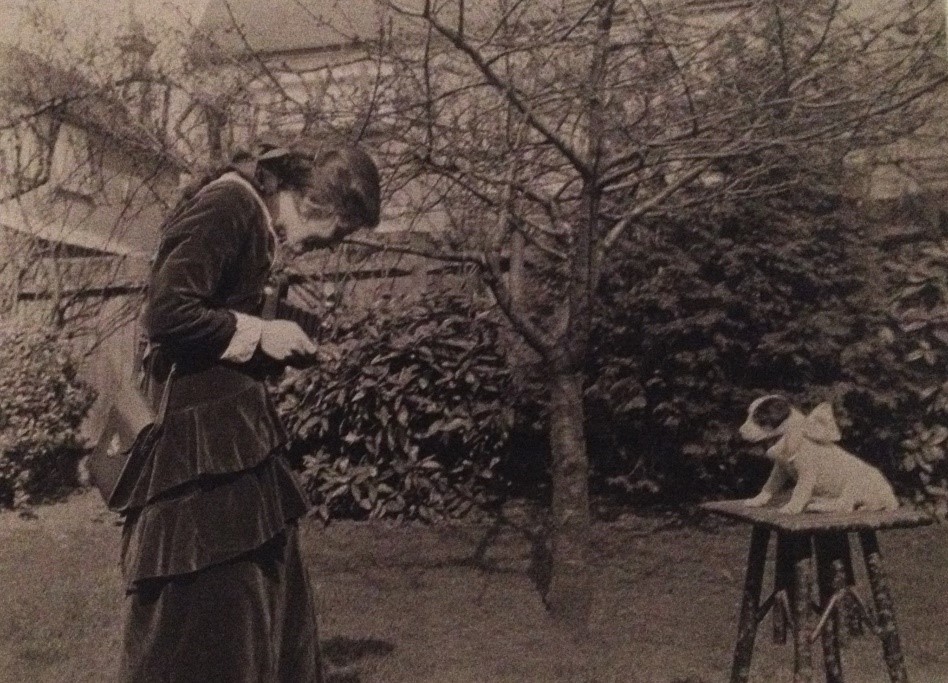
The sheer technical training necessary for an enthusiast to learn photography has always suggested, to me, a woman who liked a challenge. It just coyly hints of a woman testing the limits of her era—eager to get her hands dirty with tools and chemicals in a society that encouraged female gentility and repose. So, when I see these impressive images of women climbing onto stair railings just to get the right angle for their shots, or posing for a photo with their camera on their arm instead of a man, I can’t help but be inspired.
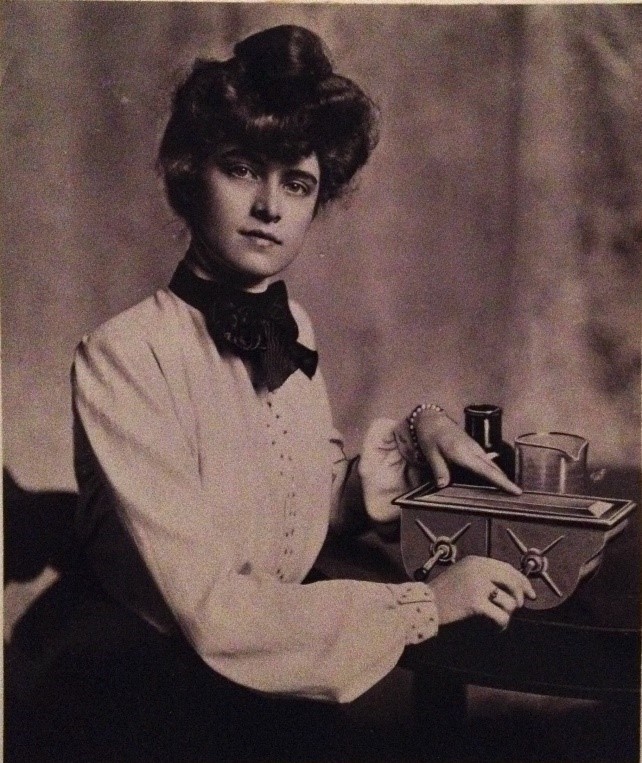
Another great find in the archives this trip was the ‘Dear Abby’-style tech support guides to photography in The Amateur Photographer’s Annual. In an early issue from 1891, the magazine editors claim to have started the publication because of a desire to catalogue and publicise ‘the constant questions asked by workers in photography, and the admirable answers given to them’.
The early editions of this magazine consist almost entirely of technical questions submitted to the editors by the magazine’s readers, published verbatim and followed by advice written in reply. This unassuming little technical magazine hides some amazingly human moments, such as an indignant husband writing in to warn others about a voyeur photographer who followed his wife around on the beach.
The image below that of his complaint illustrates the sort of ‘detective camera’ the writer complains about.
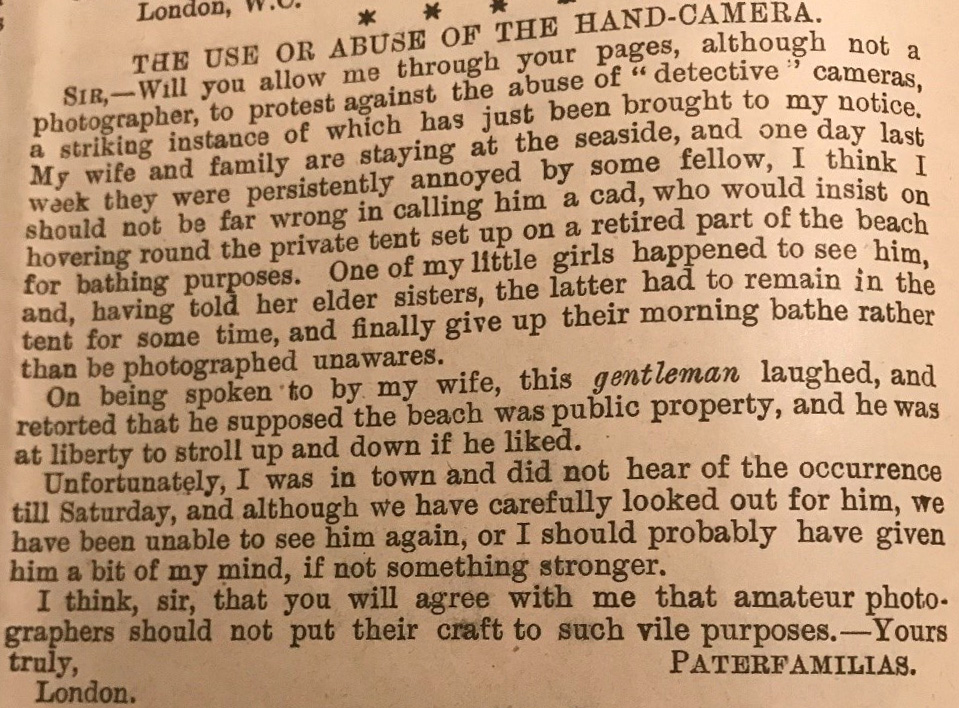
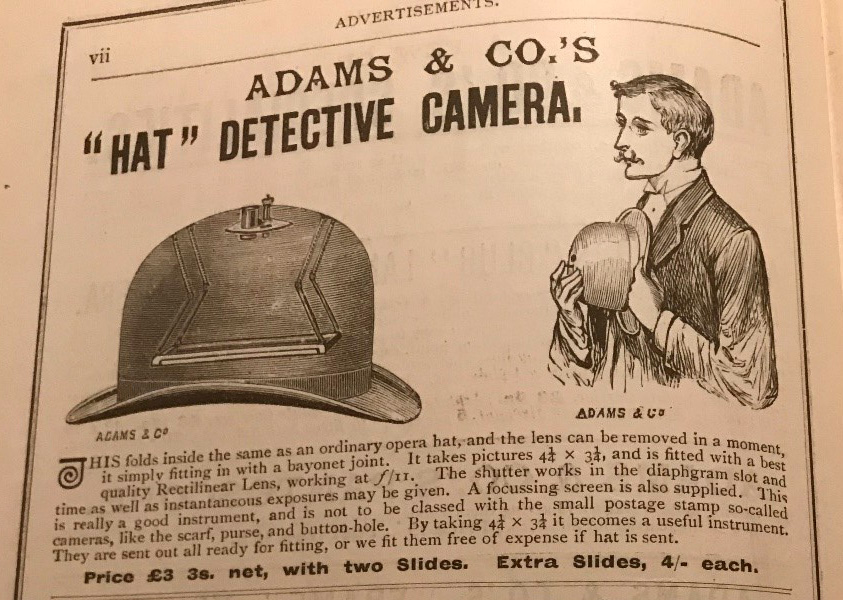
Advice-seekers also developed creative pseudonyms for themselves rather than signing their own name, similar to general advice columns that we know today.
Each issue is indexed carefully, and the index alone is enough to incite intrigue. Why is there an entry for ‘death pot’?, I wondered when going through this first issue. As it turns out, one reader was asking about the best ways to kill and pin insects for microscopic photography.

Another reader asks how best to attach a camera to a bicycle (another new and exciting device)—an early iteration of the GoPro, apparently.

A woman, calling herself ‘White Lily’, writes to ask what the best sort of camera is ‘for a lady’. She acknowledges that though ‘she has never taken a photograph’, she wants a serious instrument, ‘not a toy’.
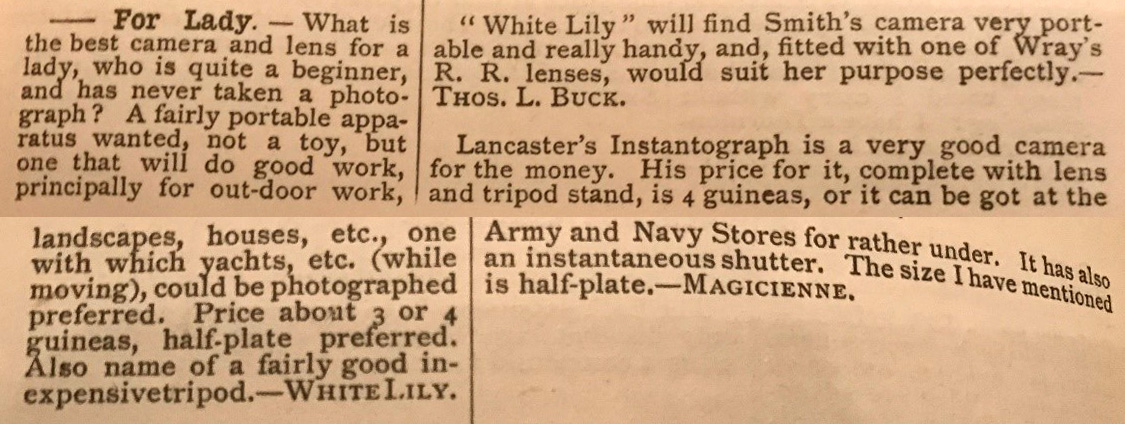
Her note reminded me instantly of the bold and, moreover, proud-looking young women photographed with their cameras. The popular availability of technical advice magazines like The Amateur Photographer’s Annual allowed these women to learn a specialized craft. In doing so, these women demonstrated that they were capable of using sophisticated tools—‘not toys’—and that they themselves were hardly the decorative objects Victorian society would have them be.